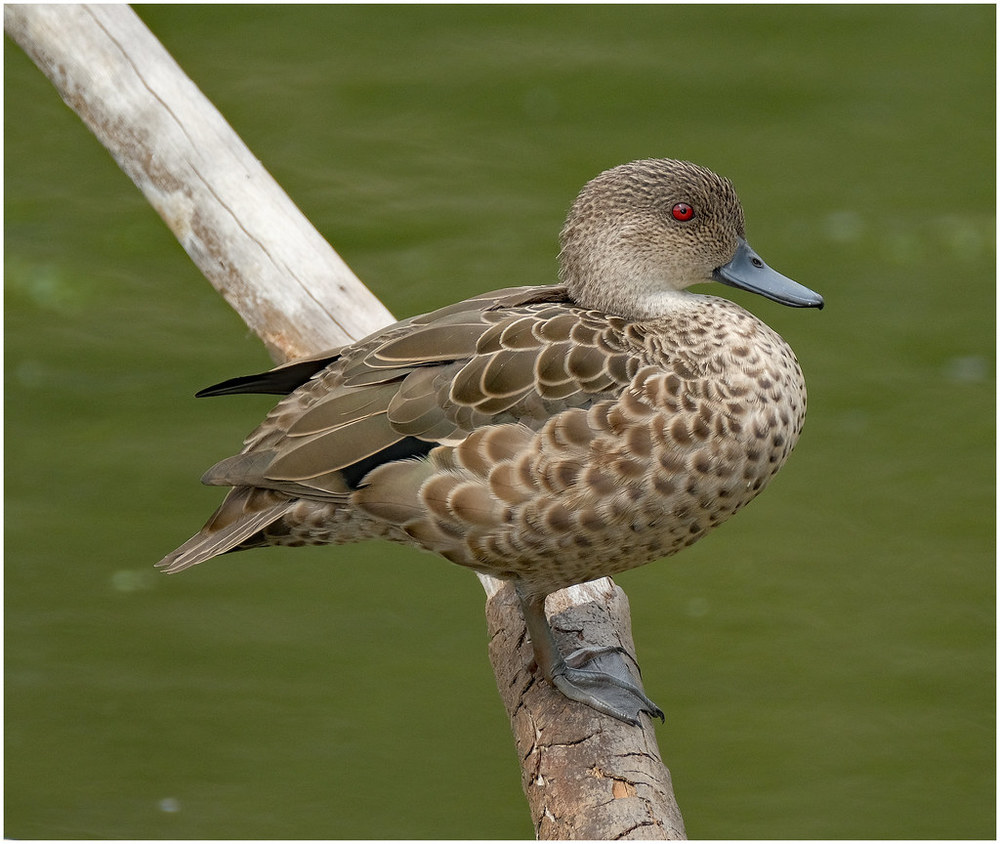Boost in bird numbers across Western Plains
Kristin Murdock
25 December 2022, 2:40 AM
 Narran Lake Credit: John Porter
Narran Lake Credit: John PorterThe University of NSW (UNSW) recently completed an annual aerial survey of waterbirds throughout the state. As expected, they experienced extensive flooded areas, particularly in the Murray -Darling Basin.
“It will be no surprise that there is so much water that the waterbirds are literally thin on the water – they are all spread out,” said lead researcher Professor Richard Kingsford. “This is the third La Niňa year in a row and there has been a boom in breeding, despite relatively few waterbirds across the area. On top of this we are seeing an increase coming through from previous years’ breeding.”
Luke Farr, whose property fronts the Barwon River near Walgett said the increased rain this year has encouraged a prolific amount of bird life.
"We have wood ducks and black ducks here usually, but this year has seen a huge increase of species including Pacific herons, spoonbills, teal ducks and darters."
Mr Farr said he has observed several nests, not only of water birds but pardalotes and wrens.
"The whole ecosystem has gone crazy. We are seeing a large amount of yabbies and frogs and a massive boost in bird numbers. I recently saw a wood duck with 35 ducklings. Who knows how she copes with that?"
Senior Scientist and UNSW observer Dr John Porter reported that the Narran River, west of Lightning Ridge has brought plenty of flood water into the wetlands of Narran Lake Nature Reserve and also flooded the extensive floodplains of lignum and River Coobah to the south before filling Narran Lake itself.
"There is huge expanses of water across the landscape. Most of the wetlands have low numbers of waterbirds, Straw-necked Ibis, Great and Pied Cormorants, spoonbills, herons and egrets with occasional Black Duck, Wood Duck and Grey Teal," Mr Porter said.

ABOVE: Teal Duck
He also reports that Yantabulla is only about 30 percent full and has very low numbers of waterbirds, but alarmingly high numbers of feral pig.
"At Macquarie Marshes, where the Macquarie River has delivered large volumes of precious water into the Marshes, in fact there is so much water we fly transects to sample the area efficiently. We find several large ibis and egret colonies though most of them are in well known colony sites. Away from the colony sites, waterbird densities are very low.
The total number of waterbirds estimated across the survey area in 2022 was nearly 190,000, an increase from the previous year, although still well below the long-term average and the 11th lowest in the 40 years of survey. The team also estimated areas flooded, the wetland area, which increased sharply from 2021 and was well above the long-term average for the first time since 2012, reflecting the scale of flooding.
“These surveys provide an excellent annual health check for our freshwater ecosystems. Most importantly we are able to track what happens to waterbirds during the droughts and floods that occur across this vast area each year,” said Dr Porter. “It’s also important that the team surveys more than 50 waterbird species, including the fish-eating birds like pelicans, the vegetation feeders like the swans, and the invertebrate feeders like Pink-eared Duck. This provides a wonderful way of indirectly tracking how well this ecosystem is faring."


